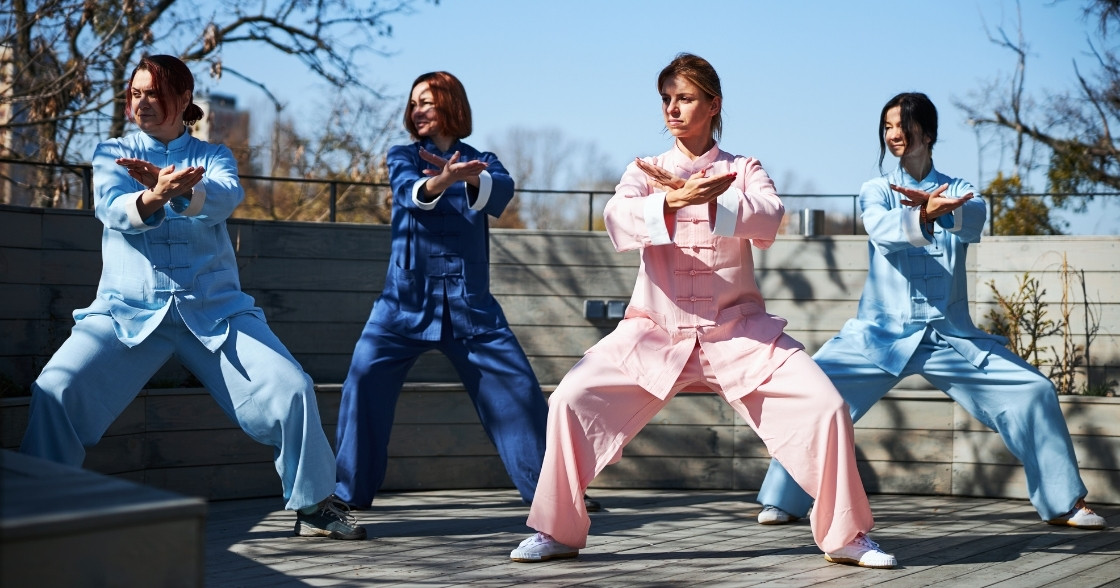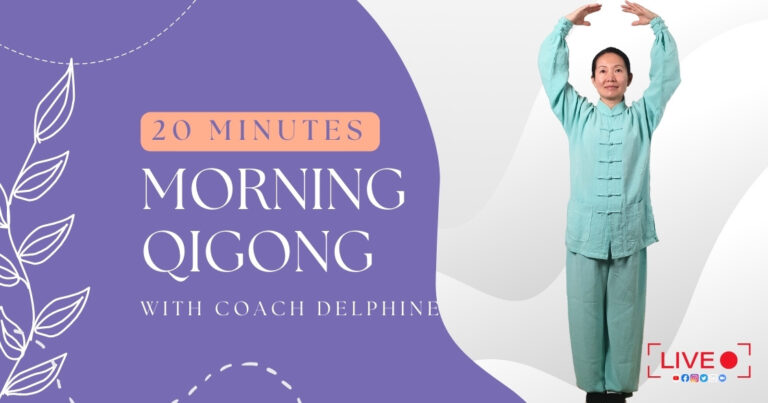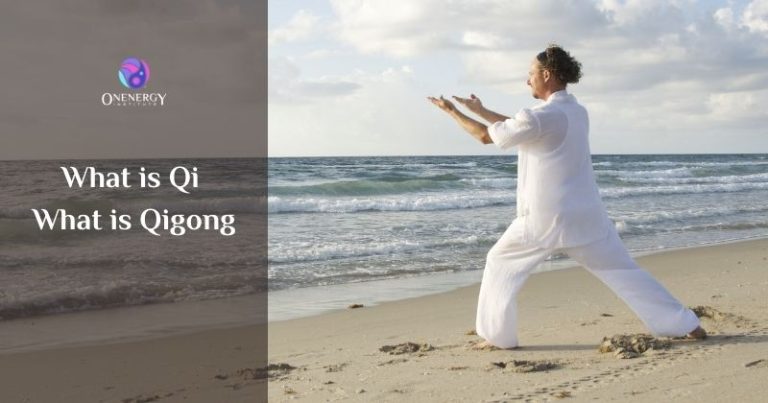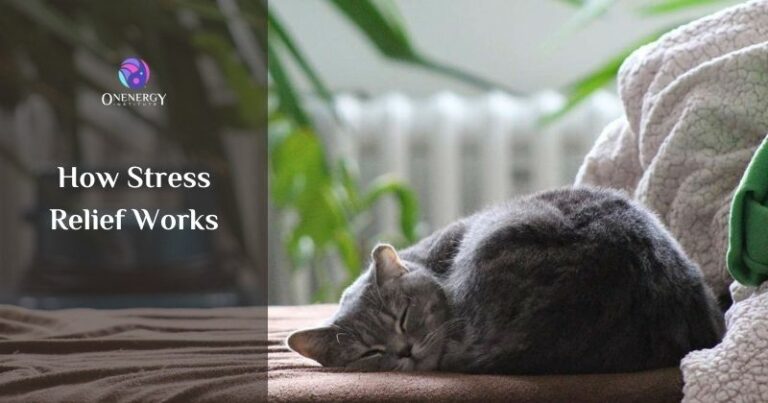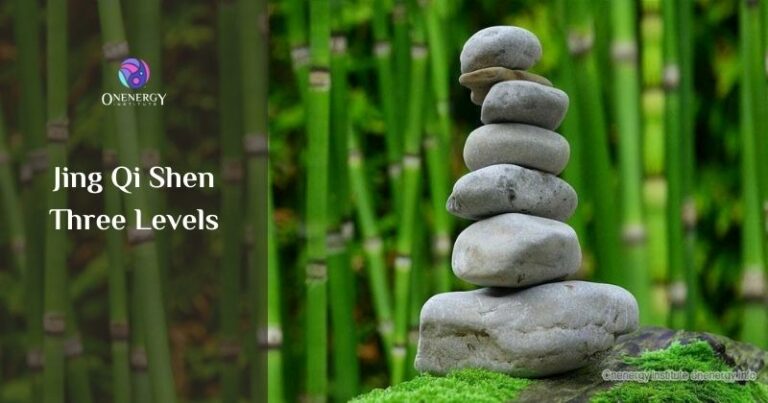Exploring the Different Types of Qigong
The ancient Chinese practice that was originally used by people centuries ago, Qigong, is now regaining popularity across the world. Combining physical postures, breathing techniques, and mental focus, Qigong is improving the physical and mental health of millions of people every day.
Qigong originates from Taoism, which places importance on harmony with the universe, or the Tao. There are three types of qigong, each with its own set of practices focusing on different benefits. Here is a brief overview of each type of qigong categorized by their focuses:
Medical Qigong
This type of Qigong focuses on the healing abilities of Qigong practice. It involves a combination of gentle movements, visualization, breathing techniques, and meditation.
Medical Qigong focuses on finding the root cause of health issues and works on regulating the flow of qi to prevent future illnesses. Medical Qigong treats any physical and mental illness and is most effective for treating chronic pain, disorders, stress, and fatigue.
Martial Qigong
This type of qigong improves physical capabilities, such as strength, speed and agility. It emphasizes physical form and movement over visualization. Martial artists often use qigong to enhance their performance and endurance.
Martial Qigong involves a combination of physical exercises, breathing techniques, and mental focus. One of the most commonly practiced forms of Qigong is Tai Chi, which is a form of martial Qigong.
Spiritual Qigong
This type of qigong cultivates spiritual awareness, harmony with nature, and inner peace. It involves a combination of breathing techniques and meditation. Spiritual Qigong is influenced by Buddhist, Confucianist, and Taoist practices.
Spiritual Qigong focuses on being aware of the present moment and prioritizes practicing inner qi through meditation over physical movements. It aims to improve mental clarity, discipline, self-awareness, and focus.
We also categorize qigong into two types according to their source of qi application.
Nei Gong
Nei qigong practices the internal qi, also known as Nei Qi. Most traditional qigong forms belong to this type.
Traditional Qigong practitioners focus on purifying one’s internal Qi. Normally, it would take years, if not decades, to reach a certain level at that one can sense and direct body Qi.
That approach requires practitioners to dedicate most time, energy, and mental power to concentrate on practice. A little distraction will result in serious consequences. Few practitioners can reach a master’s level in their lifetime. Many have failed and given up midway.
Wai Gong
Wai qigong practices the external qi, also known as Wai Qi. Wai Gong utilizes the external Qi, which is everywhere and inexhaustible. It is safe for everyone to practice, regardless of age and physical situation.
Compared to traditional Qigong, practitioners can sense and interact with Qi relatively quicker and more effectively. With the proper guidance, people could reach a certain level of Gongfu (Kung Fu) within months.
Actually, It is inappropriate to differentiate between internal Qi and external Qi. Qi is everywhere, inside and outside. All Qi comes from the Onenergy (Hun Yuan Qi). Therefore, from Qi’s perspective, there is only and always one Qi. But to differentiate the human body’s Qi and nature’s Qi, we say internal Qi and external Qi.
Although we give different names to different qigong types according to their focuses or sources, all qigong share one common benefit: enhanced health and well-being.
In terms of qigong forms, there could be thousands of different qigong forms created over the qigong history. Today you may have heard many qigong forms.
For example, Five Animals (tiger, deer, bear, monkey, bird) Qigong, Five Elements Qigong, Ba Duan Jin, Wu Qin Xi, Shao Lin, Wu Dang, Yang Taiji, Chen Taiji, and so on. There are hundreds of different qigong forms that exist today. Some of them can be recently created by any qigong practitioners.
You may wonder: How many forms do you need to learn? What qigong form should you learn first? The answer might surprise you. You don’t need any of them, or none of them will work if you don’t understand Qi and how Qi plays an essential role in your health and well-being.
This 30-minute webinar will answer many of your questions and uncover the secret of qi. Master Dai’s unique enlightenment experience brought him profound insight. No one explains qi and qigong as Master Dai does. You don’t want to miss it. Before you start any qigong, join his webinar here.

